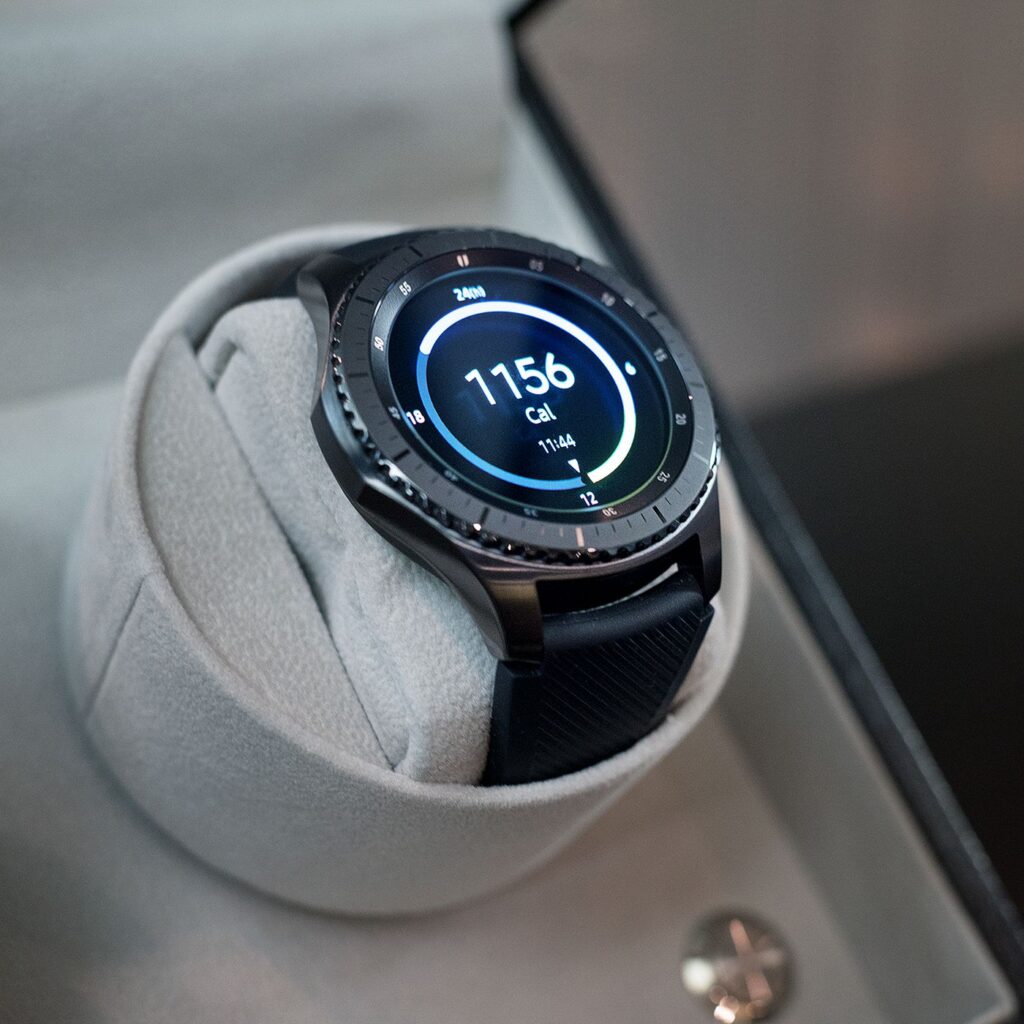
Design and Build
![Samsung Gear S3 Review: This is the smartwatch of the future we've been waiting for... [Video]](https://9to5google.com/wp-content/uploads/sites/4/2016/12/samsung_gear_s3_7.jpg?quality=82&strip=all)
The Gear S3 had a classic watch-like design with a rotating bezel that could be used for navigating through menus and apps. This design element set it apart from many other smartwatches at the time.
Display
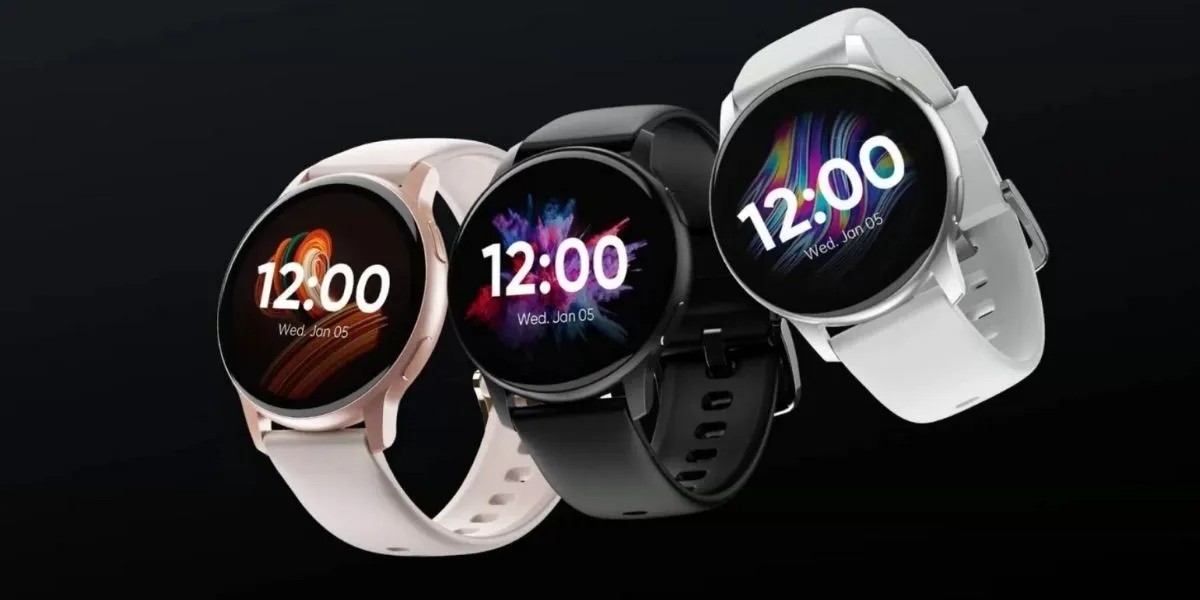
The watch featured a 1.3-inch circular AMOLED display with a resolution of 360 x 360 pixels. The display was vibrant and provided good visibility, even in sunlight.
Variants
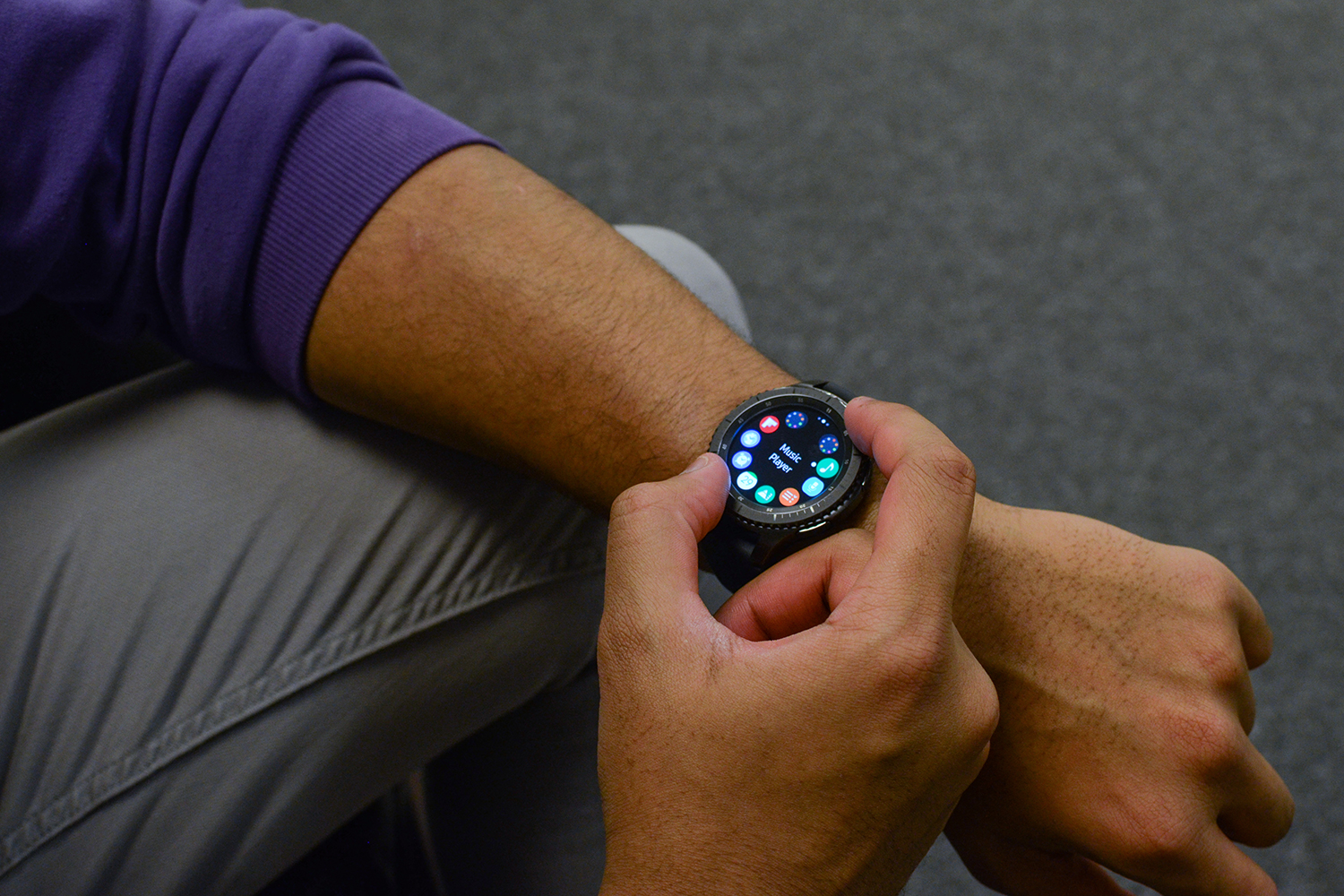
The Gear S3 was available in two variants. The Classic version had a more traditional, dress-watch appearance, while the Frontier version had a sportier and rugged design, aimed at those who were more active.
Connectivity
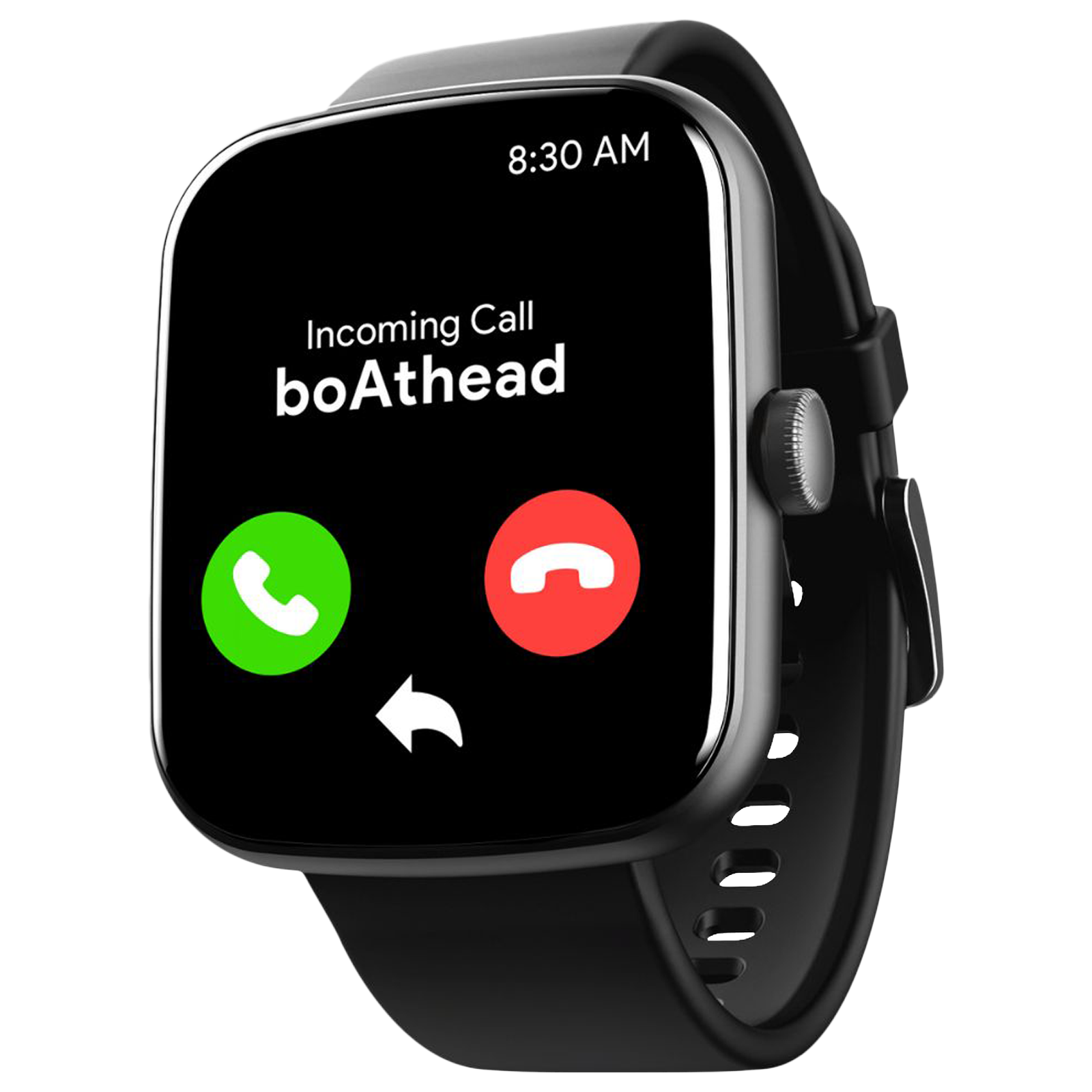
It supported both Bluetooth and Wi-Fi connectivity, allowing it to sync with a smartphone and receive notifications, calls, and texts.
Built-in GPS

The Gear S3 had a built-in GPS chip, which allowed users to track their activities, workouts, and location without the need for a connected smartphone.
Health and Fitness
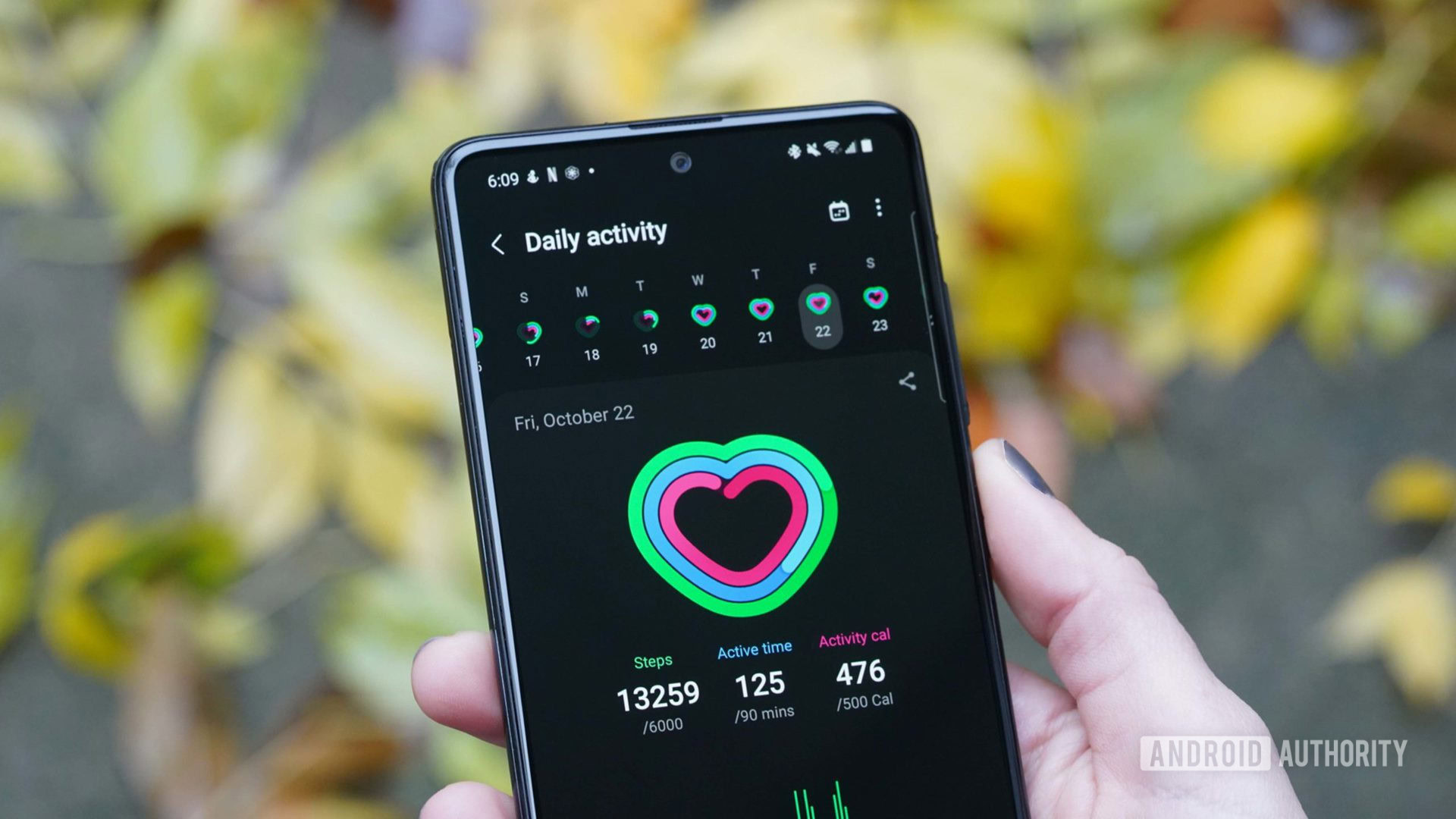
Like many smartwatches, the Gear S3 included various health and fitness tracking features. It could monitor heart rate, count steps, and track activities such as running, cycling, and more.
Battery Life
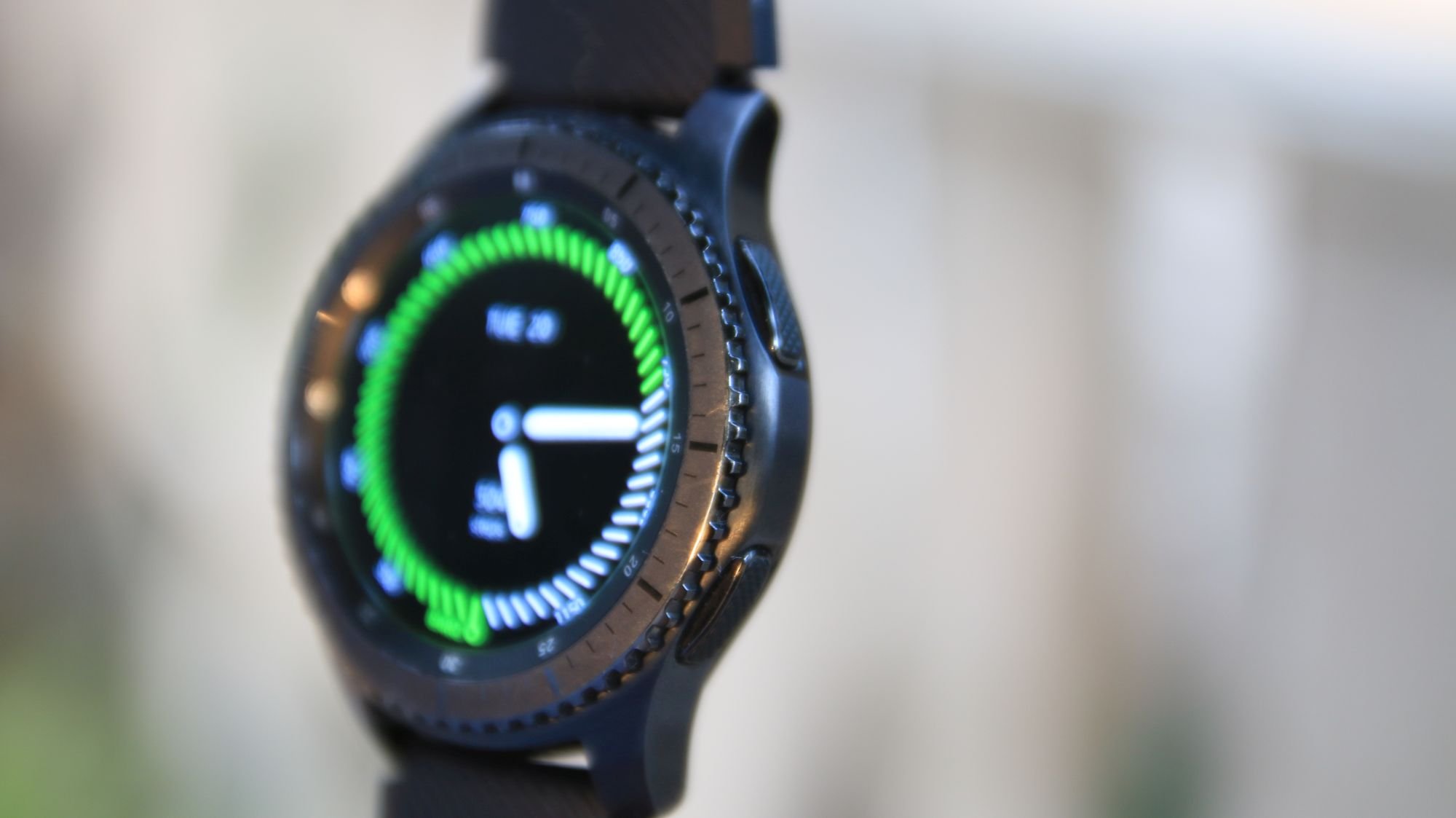
The Gear S3 featured a relatively impressive battery life compared to many other smartwatches at the time. It could last up to a few days on a single charge, depending on usage.
Water Resistance

The watch was IP68 certified, making it water-resistant and dustproof. This allowed users to wear it in various environments without worrying about damage.
Tizen OS

The Gear S3 ran on Samsung’s Tizen operating system, which offered a variety of customizable watch faces and supported third-party apps. However, the app ecosystem was not as robust as that of other platforms like Apple’s watchOS.
Payment and NFC
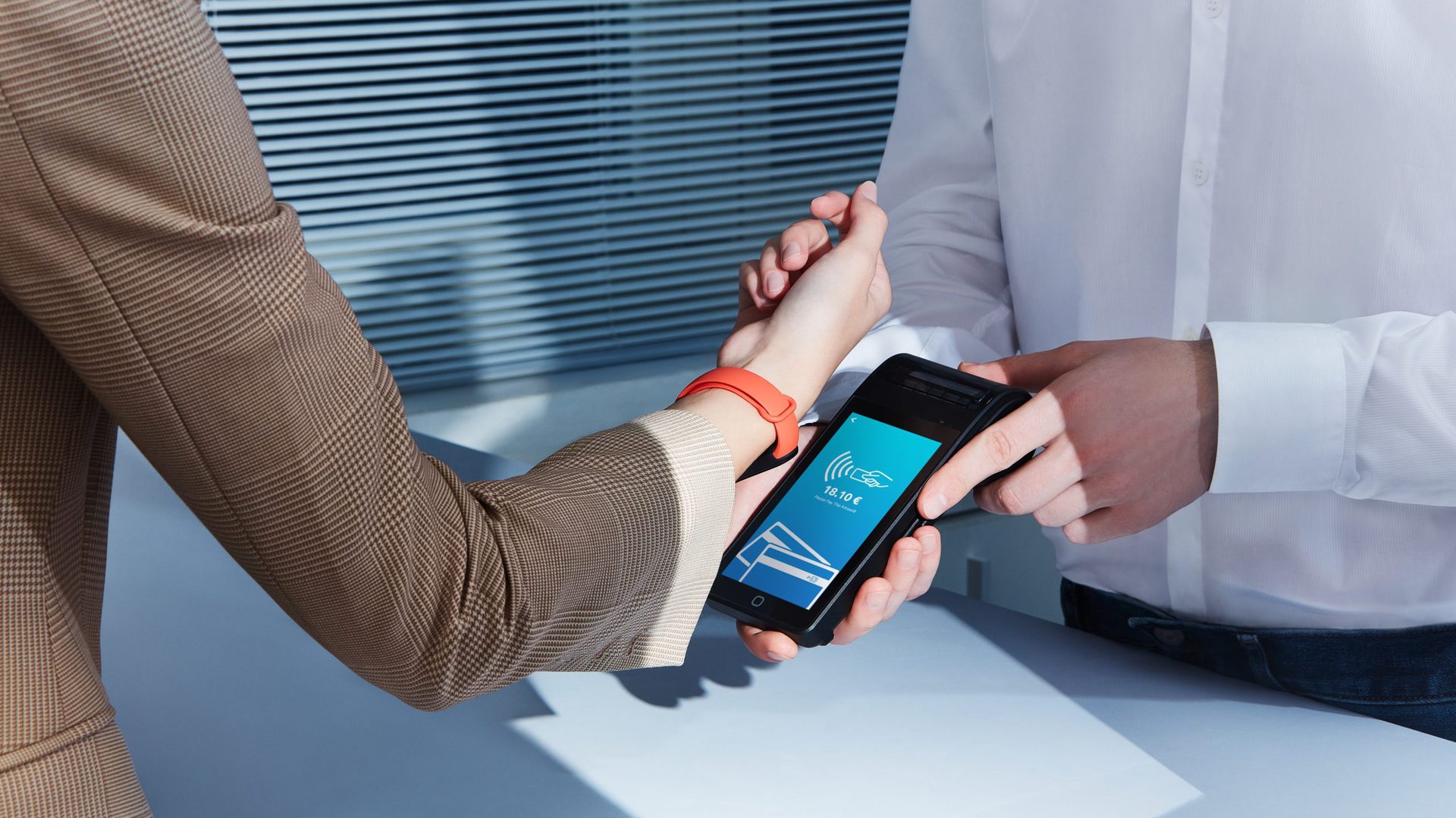
The watch featured Samsung Pay, allowing users to make payments directly from their wrist using Near Field Communication (NFC) technology.
Storage and Processor
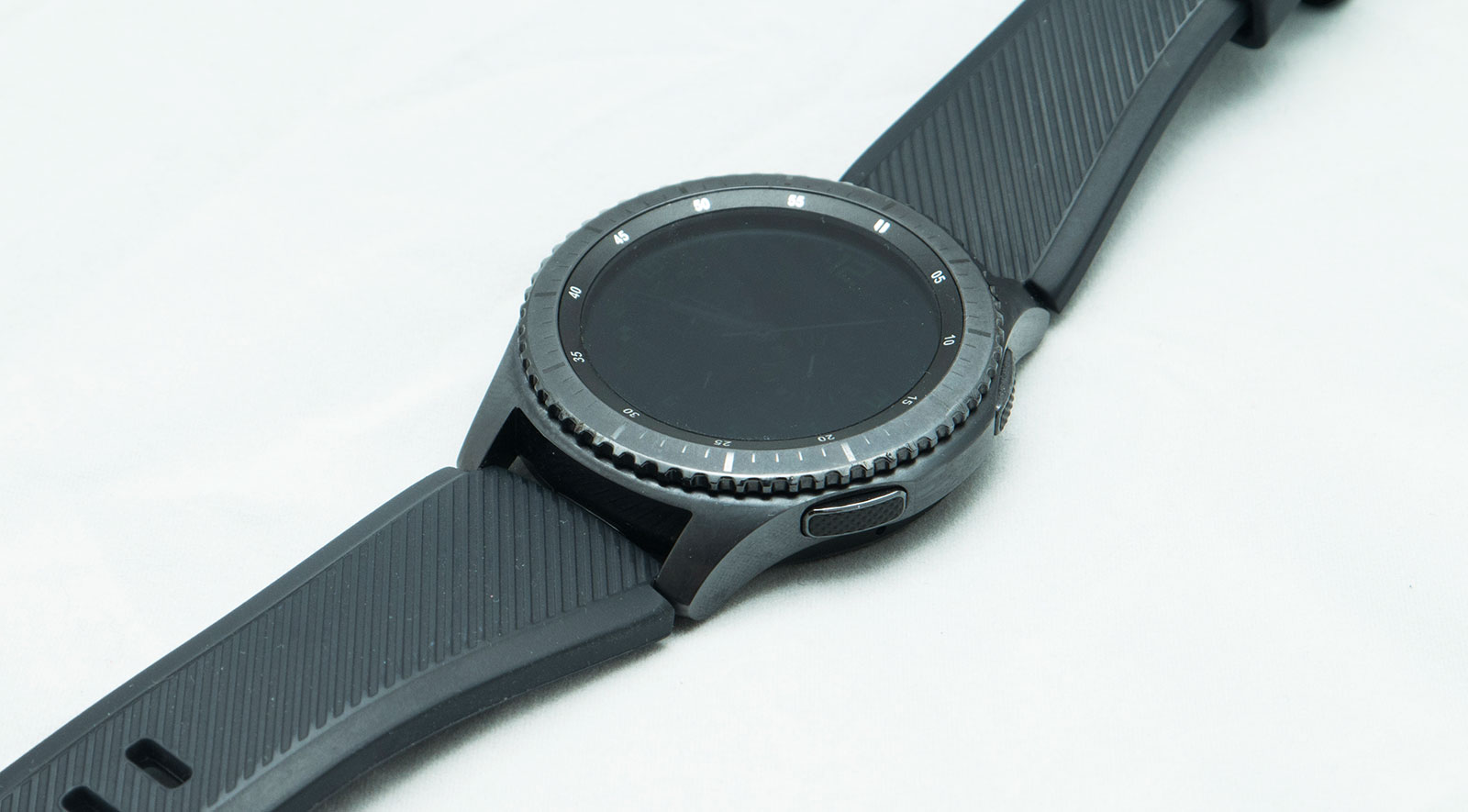
The Gear S3 was powered by an Exynos dual-core processor and had 4GB of internal storage for apps, music, and other data.